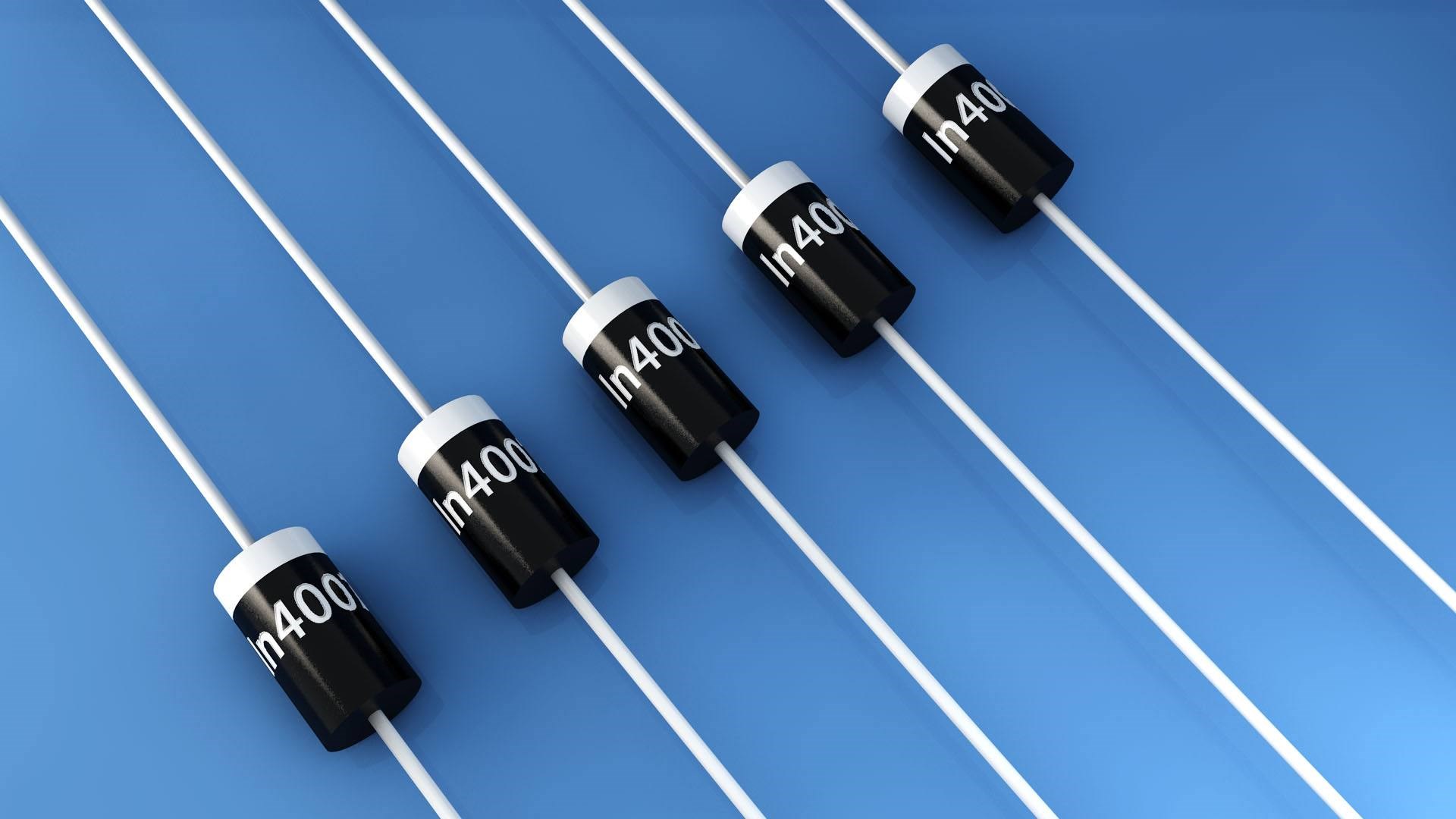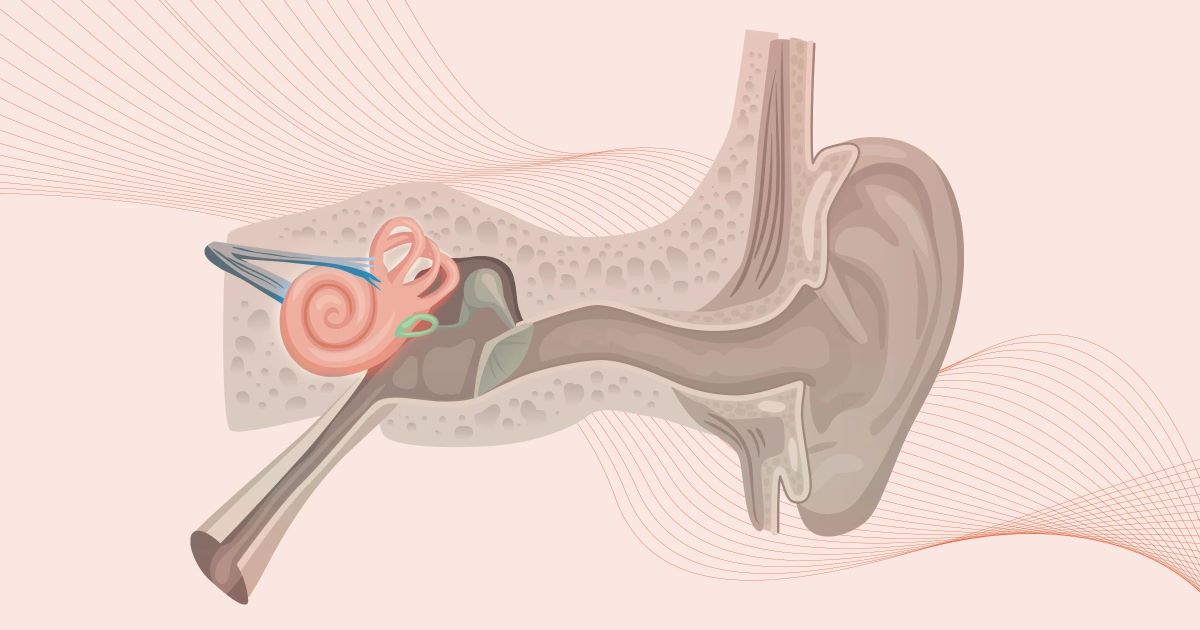
Diodes are one of the fundamental components in electronic circuits, yet many people may not fully understand their significance and impact. These small but mighty devices play a crucial role in controlling the flow of electrical current, enabling the development of various technologies we rely on every day. From powering our smartphones to transmitting data across the internet, diodes have revolutionized the field of electronics.
In this article, we will delve into the fascinating world of diodes and uncover 19 astonishing facts about these essential components. Whether you are a novice electronics enthusiast or a seasoned expert, prepare to be amazed by the versatility, efficiency, and remarkable capabilities of diodes. So, buckle up and let’s embark on a journey to unravel the mysteries of diodes!
Key Takeaways:
- Diodes are like one-way streets for electricity, allowing it to flow in only one direction. They’re made from special materials and have cool uses like emitting light and regulating voltage.
- Diodes are like superheroes in electronic circuits, protecting against reverse polarity, converting AC to DC, and even sensing temperature. They’re essential for all kinds of electronic devices and systems.
A Diode allows current to flow in one direction.
A diode is an electronic component that restricts the flow of electric current to only one direction. It acts as a gate that allows current to pass through in a forward bias, but blocks it in a reverse bias.
Diodes are made from semiconductors.
Semiconductors such as silicon or germanium are used to manufacture diodes. These materials have properties that allow them to conduct electricity under certain conditions and act as insulators under other conditions.
Diodes are used in rectifier circuits.
One of the primary applications of diodes is in rectifier circuits. These circuits convert alternating current (AC) into direct current (DC) by allowing the current to flow in only one direction.
Diodes emit light.
Light-emitting diodes (LEDs) are a popular type of diode that emits light when current passes through it. LEDs are used in various applications such as indicator lights, displays, and lighting fixtures.
Diodes have a voltage drop.
When current flows through a diode, there is a voltage drop across it. The amount of voltage drop depends on the type of diode and the current passing through it.
Diodes can be used as voltage regulators.
Zener diodes are specially designed to function as voltage regulators. They maintain a constant voltage across a circuit by regulating the amount of current flowing through them.
Diodes are used for signal processing.
Diodes are crucial components in signal processing circuits. They are used in applications such as amplifiers, mixers, demodulators, and signal rectification.
Diodes are used in power supplies.
Diodes play a significant role in power supply circuits. They help convert AC power into DC power and protect the circuit from reverse current flow.
Diodes can be used as temperature sensors.
Diodes can be used as temperature sensors because their forward voltage drop varies with temperature. This property makes them useful in temperature measurement applications.
Diodes have fast response times.
Diodes have the ability to switch on and off quickly, which makes them suitable for high-speed switching applications in electronics and telecommunications.
Diodes can be used as protection devices.
Transient voltage suppressor diodes (TVS diodes) are designed to protect electronic circuits from voltage spikes and transients. They divert excess current away from sensitive components, preventing damage.
Diodes are used in solar panels.
Solar panels consist of thousands of diodes that convert sunlight into electricity. These diodes help regulate and optimize the flow of current generated by the photovoltaic cells.
Diodes are used in radio frequency identification (RFID) systems.
RFID systems rely on diodes for rectifying the incoming RF signals and powering the electronic components of the system. Diodes help in the efficient transmission and reception of data in RFID technology.
Diodes are used in laser diodes.
Laser diodes are a type of diode that emits coherent and focused light. They are used in various applications such as laser pointers, barcode scanners, and optical communication systems.
Diodes are essential in the field of optoelectronics.
Optoelectronics is a branch of electronics that deals with the interaction of light with electronic devices. Diodes, especially LEDs and photodiodes, are integral to optoelectronic systems and applications.
Diodes can be used as polarity protection.
By placing a diode in series with a circuit, it can protect the circuit from reverse polarity connection. The diode allows current to flow in the correct direction and blocks it if there is a reverse polarity.
Diodes have a wide range of applications in automotive electronics.
Diodes are used in automotive electronics for various functions, including voltage regulation, signal rectification, protection against voltage spikes, and controlling current flow in different components.
Diodes are used in digital logic circuits.
Diodes find applications in digital logic circuits for signal routing, level shifting, and OR gate implementation. They assist in performing logical operations and controlling the flow of digital signals in electronic systems.
Diodes are fundamental components of electronic circuits.
Diodes are one of the most fundamental components in electronic circuits. Their unique properties and versatile applications make them an essential part of various electronic devices and systems.
Conclusion
In conclusion, diodes are an essential component in electronic devices that allow the flow of current in one direction while blocking it in the opposite direction. They have revolutionized the field of electronics and have various applications across different industries. Understanding the fundamental principles of diodes and their behavior is crucial for anyone working in the field of electrical engineering or electronics. We hope these astonishing facts about diodes have broadened your knowledge and appreciation for this tiny yet powerful electronic component.
FAQs
Q: What is a diode?
A: A diode is an electronic component that allows the flow of electric current in one direction while blocking it in the opposite direction.
Q: How does a diode work?
A: A diode works based on the principle of a p-n junction, where the flow of current is determined by the biasing voltage applied to the diode.
Q: What are the different types of diodes?
A: Some common types of diodes include, but are not limited to, the standard diode, Zener diode, Schottky diode, and light-emitting diode (LED).
Q: What are the applications of diodes?
A: Diodes have a wide range of applications, including rectification, voltage regulation, signal modulation, laser diodes, and light emitting diodes (LED) in lighting devices.
Q: What is the symbol used to represent a diode in a circuit diagram?
A: The symbol used to represent a diode in a circuit diagram is an arrowhead pointing towards the direction of current flow.
Diodes, with their astonishing properties and versatile applications, continue to shape modern electronics. From emitting light to regulating voltage, diodes play crucial roles in circuits across industries. Curious minds might also find interest in exploring the intriguing world of LEDs, understanding the fundamental concept of PN junctions, or learning about the groundbreaking contributions of Dr. Hiroshi Amano in the field of semiconductor technology. Each topic offers a unique perspective on the fascinating realm of electronic components and their impact on our daily lives.
Was this page helpful?
Our commitment to delivering trustworthy and engaging content is at the heart of what we do. Each fact on our site is contributed by real users like you, bringing a wealth of diverse insights and information. To ensure the highest standards of accuracy and reliability, our dedicated editors meticulously review each submission. This process guarantees that the facts we share are not only fascinating but also credible. Trust in our commitment to quality and authenticity as you explore and learn with us.


